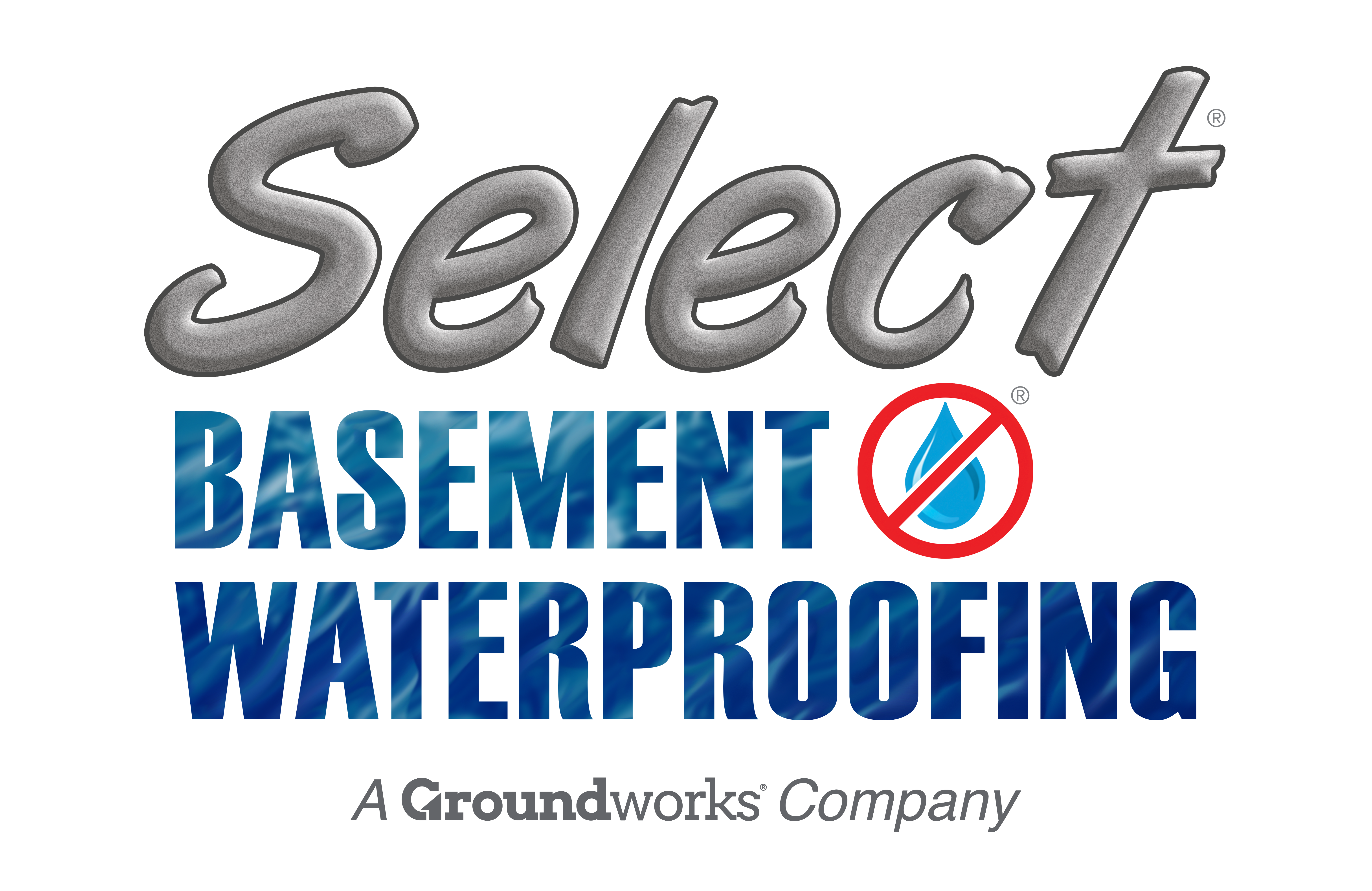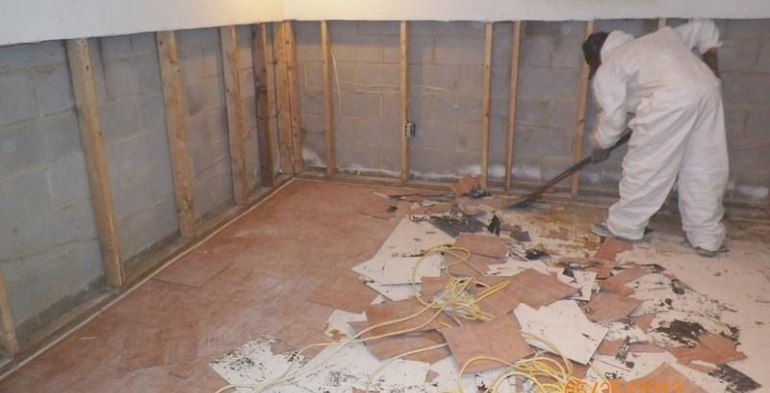Mold Remediation
There is a lot of talk about black mold and how dangerous it is. Little is said about white water mold. This is probably because the information about this fungus is only relevant to those with pools or ponds on their property.
What is white water mold?
White water mold is a fungus that has a white tissue-like appearance. The fungus has a heavy protective coating. This coating provides it with a high level of protection, making it resistant to various chemicals including those based on halogens such as bromine and chlorine. The fungus is also resistant to various other sanitizers and germicides. This characteristic of the fungus means that you cannot get rid of it with household cleaning products or even with the treatment of pool water with chlorine-based cleaners.
The fungus has also been shown to be highly resilient. It is able to re-contaminate the same surface a long time after its destruction. Homeowners are therefore advised against carrying out their own mold remediation when dealing with this fungus.
Treating the problem
White water mold is commonly found on floats, steps, pool ladders and other parts of swimming pools. It is important to take action even if the mold has only been detected in small quantities. It occurs as a result of poor maintenance of pools and pool equipment.
Proper care and maintenance of pools and equipment is therefore necessary for prevention. Scrubbing pools with brushes and allowing exposure of equipment to UV rays from the sun are vital to prevention of infestation. Lids from pools should be removed to allow for exposure to the sun for several hours every day.
If white water mold is detected, be sure to get in touch with a mold remediation company. The process of getting rid of the mold will include inspection to determine how deep the infestation is. It will also include the removal of the mold and cleaning of infested parts as well as general cleaning of the entire pool.
Special treatment solutions are used to kill and prevent the growth of the mold. For example, algaecides can be used in varying doses depending on the level of infestation.
Follow-ups are made after several days to ensure that the mold does not grow again.
It is important to ensure that you get professional help for mold remediation. This will ensure that you deal with the infestation once and for all.

